A collaboration between Smithfield Foods and Environmental Defense Fund has reduced fertilizer loss and improved soil health on more than 400,000 acres in the regions where Smithfield sources feed grain. That acreage is set to grow thanks to a new USDA Regional Conservation Partnership Program (RCPP) award of $1,080,000.
The RCPP project will expand Smithfield’s ongoing grain sustainability efforts in North Carolina and scale up the program in Iowa, providing additional opportunities for farmers interested in improving their operations. Participating farmers will be supported by the combined efforts of 16 partner organizations, which include producer groups, government agencies, universities and nonprofits. Read More
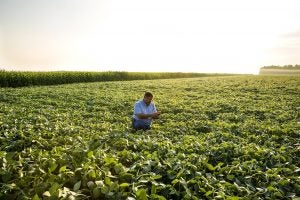
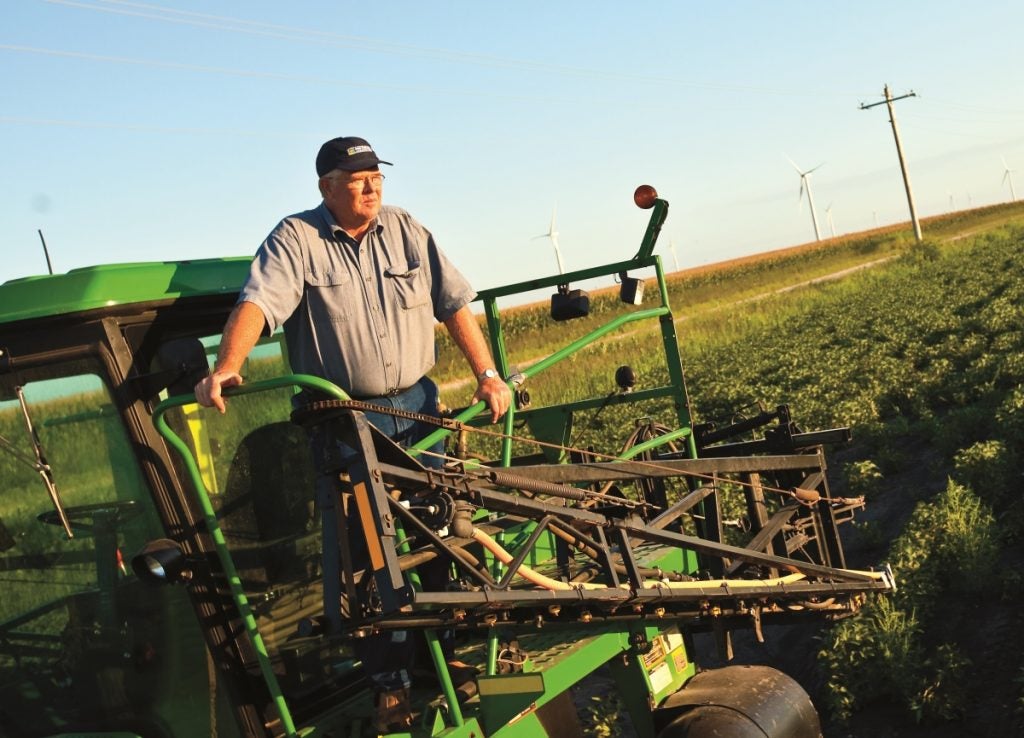

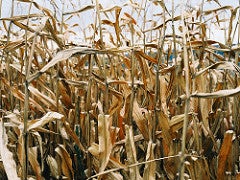

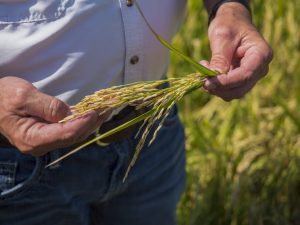
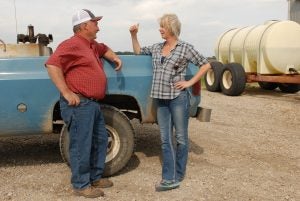 Yesterday, U.S. Department of Agriculture Secretary Sonny Perdue announced a
Yesterday, U.S. Department of Agriculture Secretary Sonny Perdue announced a  The U.S. Senate will confirm the Secretary of Agriculture today, empowering former Georgia Governor Sonny Perdue to lead an agency with a $155 billion budget, some 100,000 employees and ultimate responsibility for our nation’s food security.
The U.S. Senate will confirm the Secretary of Agriculture today, empowering former Georgia Governor Sonny Perdue to lead an agency with a $155 billion budget, some 100,000 employees and ultimate responsibility for our nation’s food security. Despite growing up without any real interest in conservation or farming, I now spend every working day knee deep in agricultural policy – and I love it.
Despite growing up without any real interest in conservation or farming, I now spend every working day knee deep in agricultural policy – and I love it.